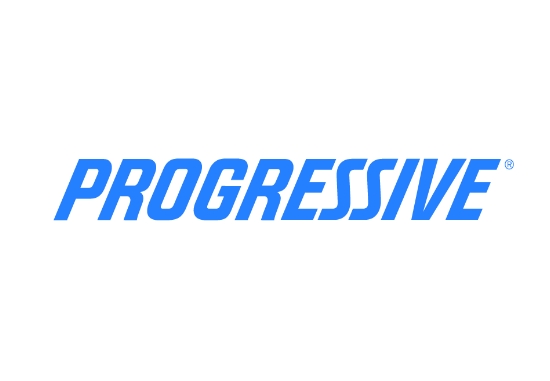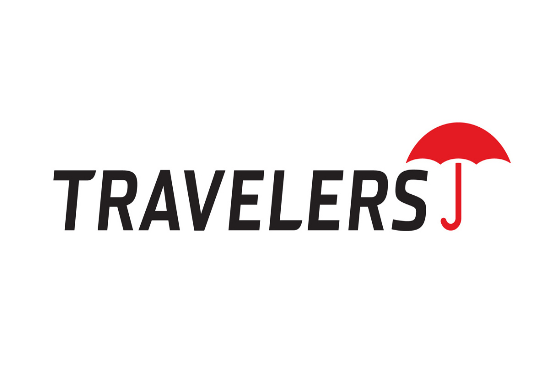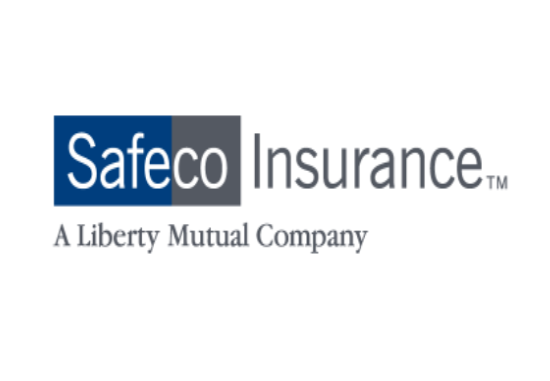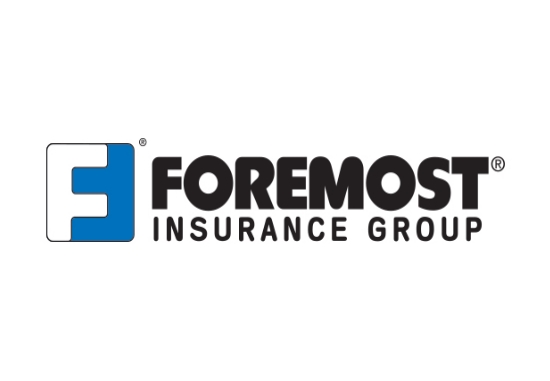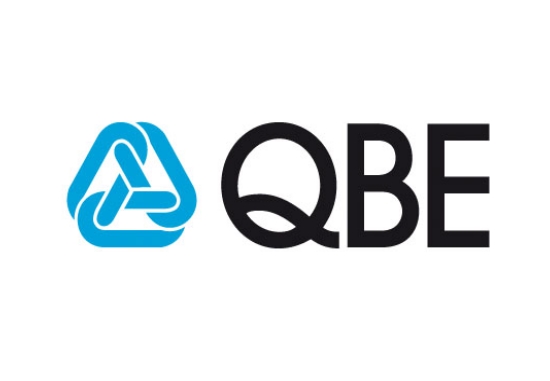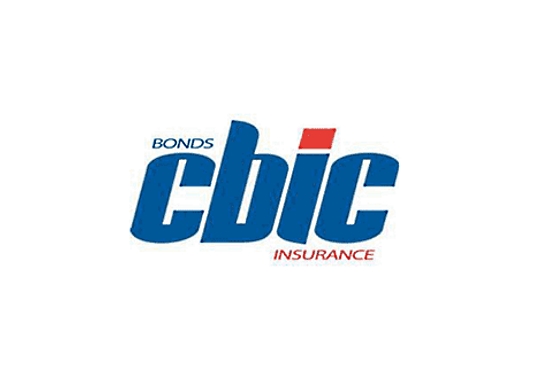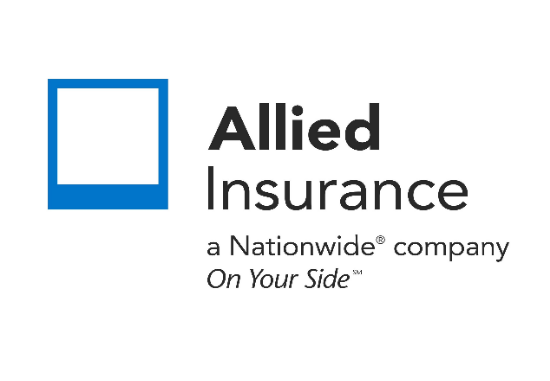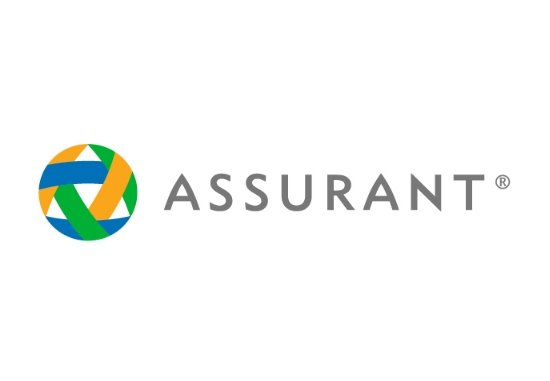The Ultimate Guide to Commercial Insurance in 2025: Best Coverage Options for Your Business
We will search the top carriers for you for the best offer.
Commercial Insurance in 2025
1. Why Commercial Insurance Matters in 2025
Commercial insurance isn’t just legal protection—it’s a strategic asset. With litigation rising, climate volatility, cyber threats, AI-related exposures, and supply‑chain disruptions, businesses face multi-faceted risks that can severely impact finances and reputation.
2. Core Coverage Types Your Business Needs
General Liability (CGL)
Protects against claims of bodily injury, property damage, or personal injury. It’s the fundamental layer of business protection.
Commercial Property
Covers damage to your physical assets—buildings, equipment, inventory—and should include fire, theft, and weather-related losses. Separate flood or earthquake coverage may be needed, depending on location.
Business Income / Interruption
Compensates lost revenue and operating expenses after covered events disrupt your operations—critical in a post-pandemic world.
Workers’ Compensation
Mandatory in most states, covers employee injury, medical costs, and lost wages. Essential for both compliance and workforce protection.
Professional Liability (E&O)
For service providers, this protects against claims of negligence, errors, or failure to deliver professional services .
Commercial Auto & Cargo
If your operations rely on vehicles or transport, this protects your fleet and covered goods while in transit.
Cyber Liability
Key in 2025: protects against data breaches, ransomware, social engineering, and regulatory fines. Coverage must now account for AI-driven threats and deepfake risks.
Umbrella / Excess Liability
Adds an extra layer of liability protection over your core policies; vital in a world of rising “nuclear verdicts”.
3. Emerging Risk Trends in 2025
Climate & Catastrophe Risk: Wildfires, floods, hurricanes and inflation in rebuilding costs are driving unexpected premium spikes and stricter underwriting .
Social Inflation & Nuclear Verdicts: Jury awards are skyrocketing, pushing companies to raise coverage limits and invest in risk mitigation.
AI & Cyber Threats: Deepfakes, supply chain and vendor attacks, and regulatory compliance (GDPR, NIS2, SEC rules) are shaping new policy forms and exclusions .
Embedded & Parametric Insurance: Automated trigger-based coverage and insurance embedded in platforms are redesigning protection paradigms, especially for supply chain risks .
4. What Drives Your Premium
| Factor | Impact on Cost |
|---|---|
| Coverage Types & Limits | Higher limits → higher premiums |
| Deductible Choices | Higher deductible = lower premium |
| Industry & Revenue | Higher risk industries (e.g., transport) cost more |
| Security & Risk Controls | Stronger controls lower premiums |
| Location & Exposure | Disaster-prone areas cost more |
| Claims & Litigation History | Clean record = better rates |
| Climate Factors | Weather-related risk increases premiums |
5. How to Evaluate and Choose
Assess Your Risks: Map your exposures—physical, cyber, liability, reputational.
Tailor Policy Packages: Bundle essentials (CGL, property, biz interruption) + specialized coverage (E&O, cyber, auto).
Prepare for Underwriting: Be ready to share data on security procedures, ESG practices, vendor risk, climate adaptation.
Compare Carriers Smartly: Don’t just compare price—also evaluate exclusions, sub-limits, and claim handling.
Review and Renew: Annually revisit your policy to reflect business growth, emerging risks, or market changes.
6. Tips to Optimize Coverage
Mitigate Risk: Implement risk programs for workplace safety, cyber hygiene, and ESG governance.
Review Valuations: Regularly update building and inventory values to match replacement cost trends .
Adjust Deductibles: Higher deductibles save money but require budgeted claims capacity.
Bundle Policies: Combine multiple policies with one insurer to access bundling discounts.
Monitor Supply Chain: Track vendor status and consider parametric triggers for rapid response.
7. Final Takeways
Be Proactive: Active risk management unfailingly reduces insurance costs and avoids coverage gaps.
Stay Informed: Risk landscapes are shifting—AI threats, litigation inflation, and climate events are reshaping policies.
Choose Wisely: Tailored coverage and thoughtful carrier selection are more important than ever.
Review Regularly: At least annual reviews ensure you stay protected as your business evolves.
Your Step-by-Step Action Plan
Inventory Risks: Physical assets, data systems, third-party exposures
Define Coverage Needs: Must-have core vs. add-ons
Solicit Multiple Quotes: At least 3 insurers or via an independent broker
Evaluate Based on Value: Compare wording, sub-limits, reputation, and price
Implement Risk Controls: Safety programs, cyber defenses, ESG policies
Annual Review: Post-renewal assessment or after major business changes

Related Posts
Get a Right Insurance For You
SHARE THIS ARTICLE

We will compare quotes from trusted carriers for you and provide you with the best offer.
Protecting your future with us
Whatever your needs, give us a call, have you been told you can’t insure your risk, been turned down, or simply unhappy with your current insurance? Since 1995 we’ve been providing coverage to our customers, and helping people across United States.

